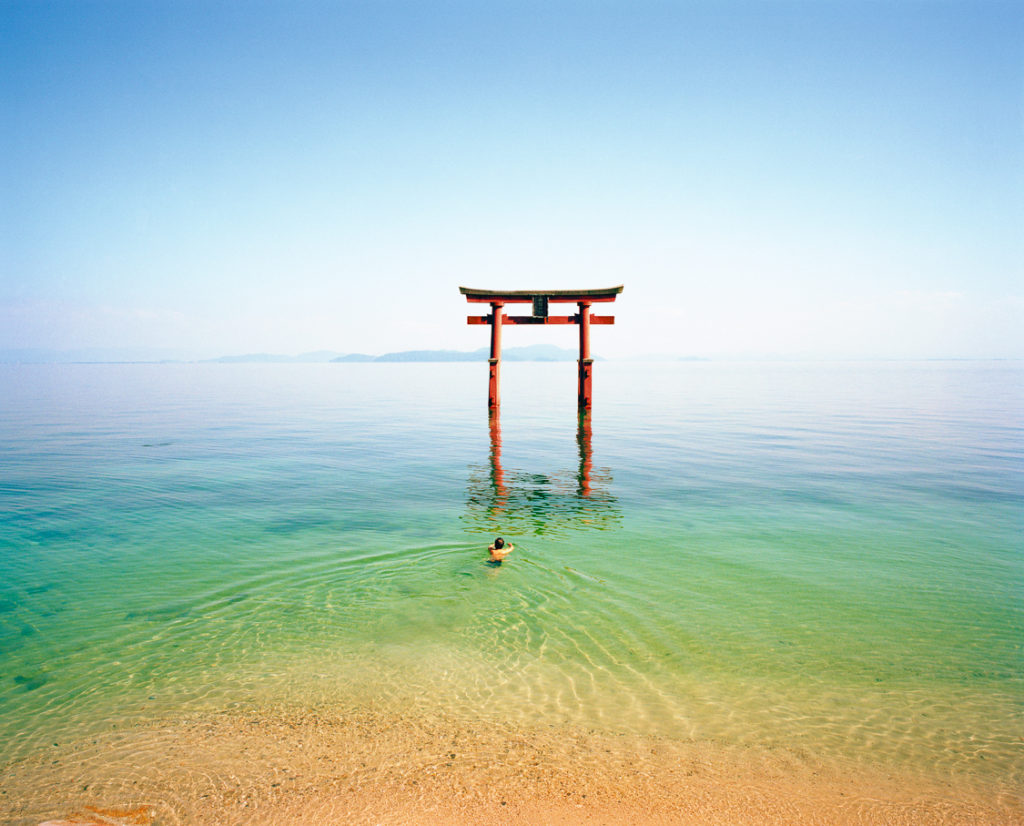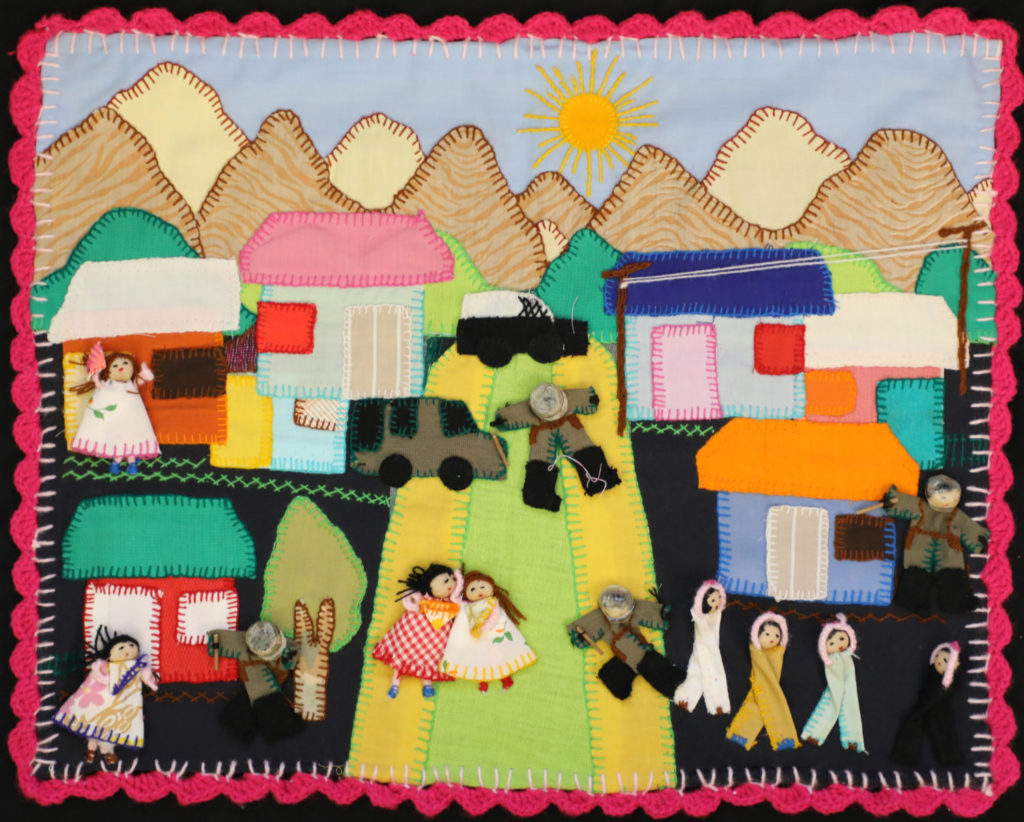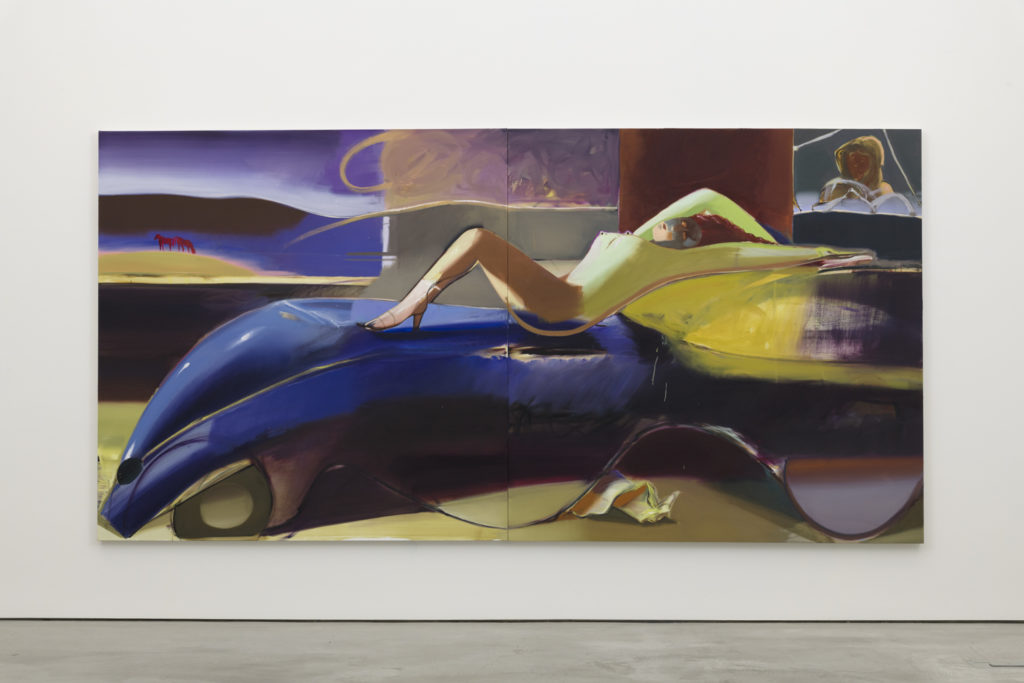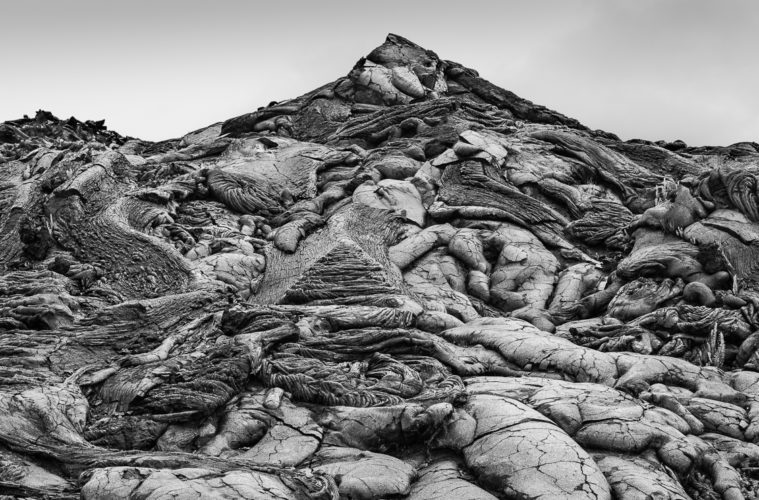While visiting a museum in Bern, Switzerland several years ago, I saw an exhibition of work created during the Bubonic Plague, a pandemic occurring in Europe in the 14th century. The show consisted of several dozen caricature-style drawings, illustrated by an unknown artist. While viewing this unusual display, I was struck by the range of characters who lived and died from the rampant virus. Along with paupers, court jesters and courtesans, there were knights, royalty and esteemed church leaders.
Similarly, as our COVID-19 pandemic has proven, there are no social barriers to this devastating and sometimes lethal scourge. Among those infected are royals, politicians, movie stars, musicians, TV anchors, athletes, doctors and nurses, along with factory and food-service workers and prisoners. Even those who have escaped infection are staying at home, missing the camaraderie and the hyper-connectedness of group activities, including sporting and musical events, and in my case, museum and gallery openings, and art fairs.
As Jason Farago wrote in the New York Times on March 25, 2020, “No museums, no galleries, no fairs, no art schools; no openings, no studio visits, no arguing over beers, no gauche private-jet partnerships…the world of contemporary art went from a reverberant global network to a ghost town, sheltering in place as the coronavirus endangers our cities and our livelihoods.”
I look out my windows at the flourishing spring, at the proliferating wildflowers, seeing the world through the newly crystalline air, now relatively un-besmirched by pollution. Yet, not far from my windows, there lurk germs that could make me very sick, or perhaps kill me.
Taking walks around my neighborhood, seeing people walking, running, riding bikes, walking dogs, enjoying themselves, I think about the 1959 film, On the Beach, starring Gregory Peck, Tony Perkins and Ava Gardner. The movie, set in Australia during a global nuclear war, depicts local residents who acknowledge that their bucolic island is the only remaining place on Earth not yet affected by the nuclear fallout. Yet as these citizens try to behave normally, they know that the fallout will reach their island within a few months, and will ultimately destroy them all.
I follow the news with great intensity, often feeling astonished about the growing numbers of cases and deaths from the coronavirus pandemic. I wonder if the virus will eventually reach me, my friends or acquaintances, just as nuclear fallout was heading toward the players in On the Beach. Videos from that film’s final scene depict a city street devoid of people, while a single piece of paper is blown about. Likewise, news anchors broadcasts pictures of Times Square, now mostly devoid of people.
When I leave my neighborhood, I am struck by the relative absence of cars on the road and people on the sidewalks. I drive on Pacific Coast Highway and see stores, art galleries, car dealerships all lit up. Yet their doors are shut as their businesses have come to a standstill. These scenes remind me of the eerie mid-century art by surrealists Max Ernst, Salvador Dalí, René Magritte and others who depicted a strange, elusive and discomforting world.

John Upton, Japanalia: Swimming Shaman (courtesy of Orange Coast College)
As an art journalist, I relished attending exhibition openings and meeting with artists, curators and art administrators. So much so that today I feel bereft by the stay-at-home orders although I understand their purpose. I sit in my home at the top of a canyon with fond memories of my recent dialogues and interactions with artists and curators. I also think about the many exhibitions I have toured in the last year in venues throughout this country and beyond, and I reflect on the joy of viewing those art shows and the many exquisite pieces within them.
While there are numerous opportunities to look at art online, seeing the work digitally does not replace the sensation of seeing the tangible art pieces, of vicariously feeling the energy, drive and intent of the artists. Looking back over just the last year, I have published nearly four dozen art-related articles, three of them for the L.A. Weekly. Among the art that I’ve written about for this paper, there is the Arpilleras from Chile politically driven textile art, the sensual and erotic paintings of Austrian artist Katherina Olschbaur, and the classic and contemporary photography of John Upton.

Arpillerista A.P.A Arrests and Raids, 1976, Embroidered textile, 15 x 19 ½ inches (Courtesy of Margaret Beemer | MOLAA)
As an art writer, I look forward to picking up where I left off a few months ago. I also realize that the world I have known will be dramatically different when we recover from this plague and resulting economic downturn. I wonder how the many museums and galleries I have visited will fare — or if they will even exist — once we return to a so-called normal state. As an editor I work with remarked recently, we are in a new cultural paradigm. While he didn’t say what that new paradigm is, he alluded to the fact that during these shut-in times, art writers might expand their horizons and write about topics that ignite their passions.
While my passions are many, I often find myself looking beyond the immediacy of the art I am writing about and the specific situations that I am in, to a larger world view. I recall seeing an exhibition last year at the Baltimore Museum of Art, titled “Monsters and Myths: Surrealism and War in the 1930s and 1940s.” This show of work by artists including Dali, Pablo Picasso, Max Ernst and Andre Masson, was based on the idea that monstrosities in the real world breed monsters in a variety of art forms, producing work of exceptional creativity.
This pandemic — and the resulting bodily disengagement and political situation — is the worst nationwide and worldwide crisis I have personally experienced. Dialoguing with a group of artists recently on Zoom, I expressed this opinion, while alluding to the current relevance of the Surrealism exhibition I saw last year. As most of the artists agreed with this assessment, I expect that when this pandemic is over, we will discover that people in the art world have been producing work that not only expresses the era we are living in, but — as with the surrealist movement — have produced outstanding art pieces. I look forward to seeing this work and writing about it.

Katherina Olschbaur, Dirty Elements at University Art Galleries, UC Irvine (Photo Jeff McLane Studio, Inc.)
Advertising disclosure: We may receive compensation for some of the links in our stories. Thank you for supporting LA Weekly and our advertisers.

